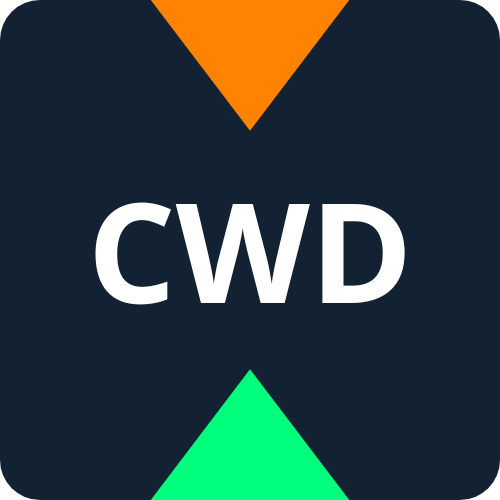What is a back-end framework?
A back-end framework is essentially a software framework that provides a standardized foundation that provides developers with a base layer, where-in they can add their custom web application requirements.
Why should you use a back-end framework?
There are many reasons why you should use a framework, this includes, but is not limited to the following:
- Scalability
- Good security built-in
- Integrations
- Saves time
- Very robust
So what are the best back-end frameworks to use?
This is a good question, and to answer it, we are going to look at five of the most popular frameworks that developers love to use and would recommend to those just starting out their career in web development.
Some of the best frameworks include:
- Django
- Laravel
- Spring
- Ruby on Rails
Django
Django is an open-source python-based framework. It is one of the most popular to use and integrate into your web application. It follows the MVT (Model-View-Template) architectural pattern, while most other frameworks utilize the MVC (Model-View-Controller) architectural pattern.
Benefits:
- Extremely fast
- Very secure due to its in-built protection from various web threats
- Scalable
- Has a lot of in-built features (I.e. comes with an admin interface to quickly do CRUD operations)
Laravel
Laravel is another open-source framework, which utilizes PHP. Like most frameworks, it uses the MVC architectural pattern. Of all the other PHP-based frameworks, Laravel remains the most popular of them all.
Benefits:
- Easy to set up authentication configuration
- It offers support for cache backends, such as Redis and Memcached
- Has multiple log handlers for logging
- It is easy to test applications with PHPUnit support that is provided by Laravel
Spring
Spring is a Java-based framework, which is also known as "Spring Boot", but more commonly as "Spring". Whilst creating an application using Spring, developers are able to use extensions that are based on the Java EE platform.
Benefits:
- Managing dependencies are very simple with Spring
- There is no need for boilerplate configuration
- It is extremely lightweight due to the implementation of POJO
- It provides declarative support for validation and caching
Ruby on Rails
Ruby on Rails is a Ruby-based framework. It also follows MVC and has been regularly quoted by developers as one of the best back-end frameworks in terms of quality and development. It also focuses on following software engineering patterns, rather than convention over configuration.
Benefits:
- It is a very consistent framework due to its standardization of file storage and programming conventions.
- It is an open-source framework that is under the MIT license. This means that it is free for developers to use.
- It is very scalable.
- Offers quality development, by reducing bug-free software throughout development.
Conclusion
And there we have it. The best frameworks for back-end web development. Of course, all of these frameworks have their own benefits and limitations, the perfect choice will solely depend on your use case, and what your organization prefers to use. In my personal experience, Django is the way to go, due to its simplicity, ability to scale to large applications, and due to its security.

